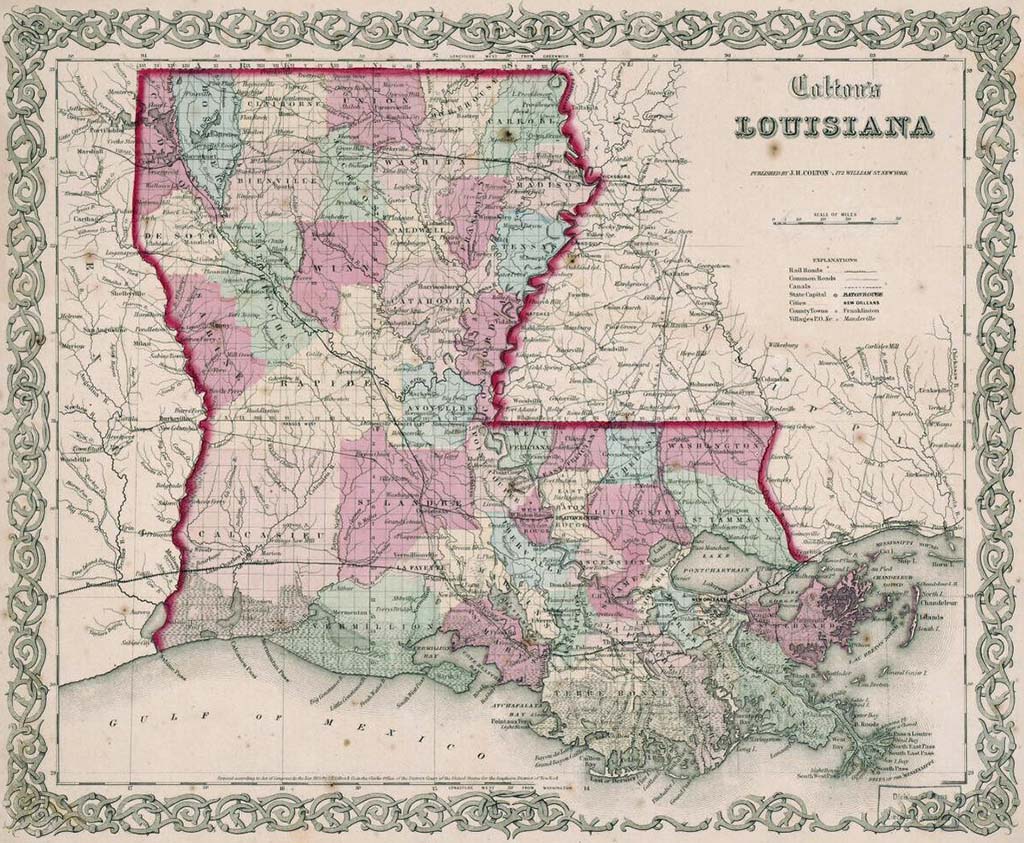Henry Adams was a Louisiana leader who advocated the emigration of southern freed blacks to Liberia after emancipation. Born a slave in Newton County, Georgia on March 16, 1843, Henry Adams was originally born as Henry Houston but changed his name at the age of seven. His enslaved family was relocated to Louisiana in 1850 and lived there until 1861.
Adams married a woman named Malinda during his enslavement and the couple had four children. Unlike most enslaved people, Adams and his wife were able to acquire property during the Civil War.
After the war Adams moved to DeSoto Parish in Louisiana where he started a successful peddling business. Adams eventually became a merchant but in 1866 at the age of 23 he enlisted in the U.S. Army. Adams was discharged in September 1869 after rising to the rank of quartermaster sergeant. Adams learned to read and write in the Army, providing him a measure of self-confidence that encouraged his leadership of other ex-slaves once he returned to civilian life.
In 1870 Adams organized black Louisiana veterans in the Shreveport area into a group known as “the Committee.” Numbering about 500 men — including 150 who traveled across northwest Louisiana working with Republican politicians and encouraged black men to vote — the Committee worked for full political rights for African Americans. Adams lost jobs because of his involvement with the organization but he continued to press for political reforms.
In the summer of 1874, the Louisiana Governor William Pitt Kellogg, a Republican, and the Committee made a request for federal troops to intervene in areas of northwest Louisiana where the White League, a terrorist organization, had taken control. President Ulysses S. Grant responded by sending the U.S. Seventh Cavalry to Shreveport. While the Seventh Cavalry operated in Shreveport, Adams gained employment as an undercover scout in 1875.
During this period Adams also traveled to New Orleans to meet with black delegates who advocated emigration from the United States to Liberia. These leaders, who called themselves the Colonization Council, were convinced that African Americans would never have full citizenship rights. Persuaded by their ideas, Adams joined the organization.
The end of Reconstruction in Louisiana, following the Presidential Election compromise of 1876, brought the Democrats back into power in the state. It also presented the Colonization Council with a new political environment that made their goals more attractive to Louisiana blacks.
In 1877, during one of the Council’s meetings, Adams made his first public speech advocating the emigration of African Americans from the South. The Colonization Council then drew up a petition and circulated it at their subsequent meetings. According to Adams, over 98,000 men, women, and children signed the petitions. In September 1877, Adams sent the petition to President Hayes, but was denied federal funds to help the migration. Support for the movement began to wane as members of the Colonization Council lost interest, fell into deeper poverty, and returned to their farming jobs.
In the Spring of 1879 the Kansas Exodus swept across Louisiana and Mississippi. Adams quickly shifted the focus of the Colonization Council to Kansas and encouraged blacks to migrate there. Adams never visted Kansas. However, in 1880 he traveled to Washington, D.C. to give testimony before a U.S. Senate Committee on the migration and continuing emigration sentiment, both of which he blamed on anti-black terror in the South.
Henry Adams dropped out of sight in 1884. The efforts of Adams and the Colonization Council were not unrewarded. Over the next three decades, more than 11,000 southern blacks settled in Liberia. It is unclear if Henry Adams was among them.


